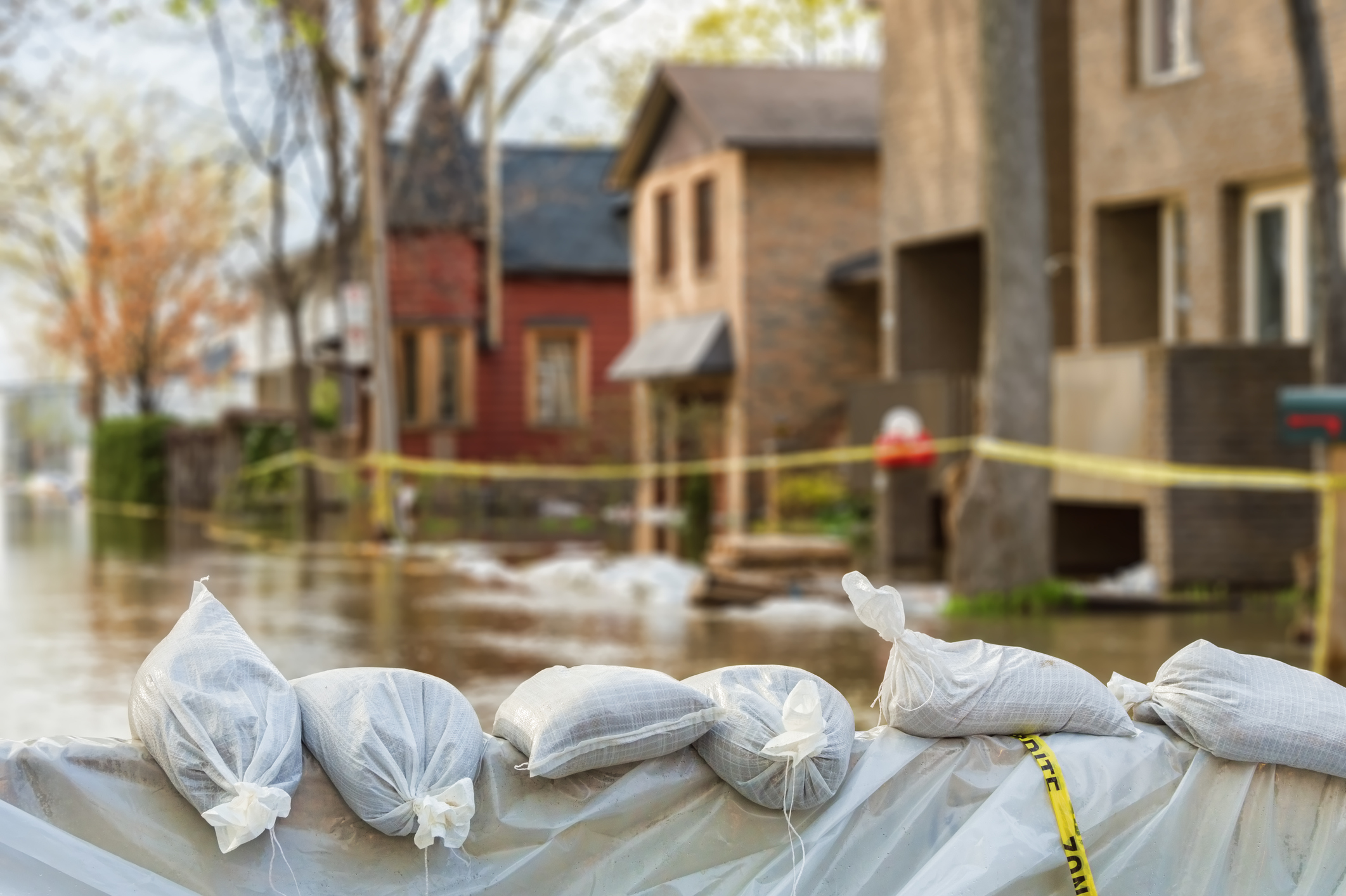By Eric Wilson
Senior Associate, Financial Health Network
As a data analyst at the Financial Health Network, I spend a lot of time with our U.S. Financial Health Pulse data set, searching for possible drivers of financial health. So, when combing through survey participants’ descriptions of shocks to their household finances, I found a number of statements that seemed to be similar in nature.
“House significantly damaged by hurricane.”
“Father-in-law lost everything he owned to flood waters.”
“Lost home and everything in a wildfire.”
“Had a major home expense due to flooding and being under-insured. Fifteen thousand dollars out of my savings.”
As the coronavirus pandemic progresses, the threat of climate-related natural disasters like fires and floods still looms large. The past six years were the six hottest years on record: 2018 brought a record $400 billion in fire damages to California; the 2017 hurricane season brought a record $200 billion in damages to the Atlantic coast; and much of the previous decade was marked by periods of both deep drought and extreme rainfall.
In this environment, the comments from our survey respondents take on a new meaning. Annual wildfire and hurricane seasons have already begun,r, and coronavirus has complicated preparations for both. A populace already strained by the economic burden of the pandemic will have to face yet another blow to its financial health, with depleted government resources to support them.
Financially Vulnerable, Environmentally Vulnerable
As with coronavirus, the financial burden of these natural disasters will fall most heavily on those who are already financially vulnerable. According to the Brookings Institution, individuals without sufficient income, savings, or credit scores are reduced to buying or renting their housing in areas with high flood or fire risk.
Because of these risks, however, fire and flood insurance (often required by law or contract) cost significantly more in these areas. This presents residents with a painful choice between being un- or under-insured and paying a significant portion of their income as premiums. And for those already living paycheck to paycheck (nearly 50% of the population, according to the U.S. Financial Health Pulse), the latter option may not be a possibility at all.
When disaster does strike, these individuals see reduced income, go deep into debt, or simply declare bankruptcy. Federal Emergency Management Agency data show that only 17% of homeowners in the counties most affected by Hurricane Harvey had flood insurance. After the storm, bankruptcy rates and severe credit delinquency increased significantly among financially constrained residents, according to one recent study. Other research tells us that cash inflows decreased by an average of $400 weekly, and average debt balances in heavily flooded areas increased by over $700 in the weeks following Hurricanes Harvey and Irma (JPMorgan Chase Institute).
Meanwhile, those displaced by the recent California fires are now fighting an uphill battle to find new homes. Those lucky enough to have strong credit may find willing lenders, but may still struggle to afford housing in the state’s already saturated housing market. The Ecosystem Workforce Program at the University of Oregon reports that wildfires also increase labor market volatility, which our research shows to be a strong predictor of financial health.
As hurricanes and fires become more powerful, their impact on peoples’ financial lives will only grow. Even those with relatively strong financial health may find themselves repurposing retirement savings or taking on additional debt to cover the steep costs of natural disasters. For those who are already struggling, climate change is yet another barrier to financial health, never more so than now.
Risks to the Financial Services and Insurance Sectors
The insurance industry has a natural interest in protecting individuals from the mounting costs of climate change. As climate risks escalate, however, insurers will continue to find themselves paying claims more frequently. Recent natural disasters have even forced some insurers into bankruptcy. Other insurers raise premiums or cancel policies, shrinking their market by pushing those who cannot afford premiums to cheaper and weaker insurance coverage, or out of the market entirely.
In providing credit to the American and global economy, financial services is one of the industries most vulnerable to climate change. Banks’ lending portfolios may contain hidden risks related to climate change. For example, mortgages and auto loans to individuals in fire- and flood-prone areas – already under stress because of the pandemic – may fail if the underlying asset is severely damaged or destroyed. The hard-won deposits these individuals hold at their banks or credit unions may disappear as they spend their savings trying to rebuild or relocate.
In addition to deposits and loans for their individual customers at risk, banks and other financial institutions are exposed to small, medium, and large business clients whose business models may or may not be sustainable. For instance, a medium-sized business customer that operates in a fire-prone area may become increasingly risky as fire danger grows. A company whose revenue depends on high carbon output may suffer as the world, by necessity, moves away from carbon-intensive industries. As the demands of climate change become more urgent, banks with exposure to these businesses may find they are less viable.
What’s Next for Industry Stakeholders?
Though the insurance and financial services sectors are vulnerable to climate change, they are hardly powerless to address it. As the pandemic recedes, insurers and financial services providers will have tremendous opportunities to reduce carbon emissions in the broader economy while helping consumers cope with the strain that natural disasters place on their financial health.
The financial services industry can:
- Examine balance sheets and existing relationships for climate-related risks. For example, employees at ING Group have been taking a close look at their financials for traces of hidden climate risk.
- Target new relationships toward sustainable investments. For example, Self-Help Federal Credit Union targets much of its community development work toward energy efficiency and other sustainable goals.
- Create change within the industry. For example, JPMorgan Chase recently announced it would power its operations using completely renewable energy by the end of this year.
- Build and deliver new products designed to address the financial issues climate change creates or to promote sustainable spending, borrowing, and saving. For example, Mastercard has partnered with the Swedish fintech Doconomy to allow consumers to track the carbon footprint of their purchases.
The insurance industry can:
- Provide strong incentives for customers to adapt their properties and possessions to the new realities of a warming earth. For example, USAA gives discounts to customers who live in so-called “Firewise Communities,” a US Forest Service designation for areas with strong fire protections.
- Promote innovative insurance products to address underinsurance. For example, AXA recently partnered with digital insurer Neptune Flood to expand the private market for flood insurance.
- Leverage the growing insurtech movement to reduce costs and allow the extension of coverage to underserved areas. For instance, Understory uses sophisticated weather monitoring to provide cost-effective hail insurance.
Despite the current crisis, climate change requires urgent action across all sectors, and these approaches are only a sample of the solutions industry stakeholders can pursue to address climate change. Providers who refuse to lose sight of climate change and adopt these solutions and others like them will drive better outcomes for business, financial health, and the overall environment.

